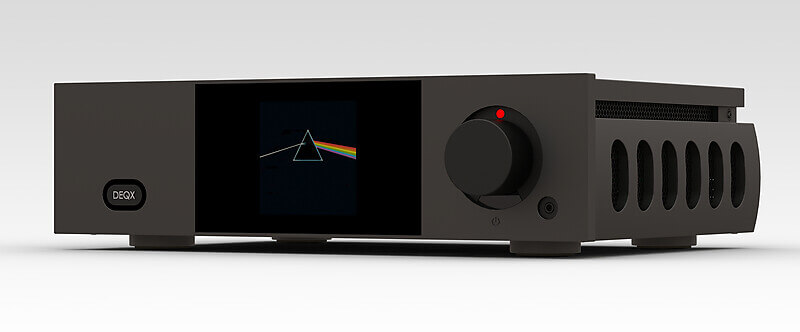I've been looking into crossover options for a design involving the new BG Neo8-S - Jon's elliptical filters look very intriguing but the group delay possibilities are a little scary - anyone here have a chance to get critical listening time in with either his Modula or M8ta designs to get detailed impressions of how they handle voices in the critical range from 1k to 2k? I'm curious if anyone has done a comparison in these designs with more conventional L-R or Butterworth versions.
Also, if Jon cares to, I'd love to hear his opinions about proper criteria for setting the resonance of the 'tank' circuit portion of the filter - specifically what some of the limitations might be in terms of how close one can get to the crossover region - and the resultant impact on ripple and phase linearity.
Also, if Jon cares to, I'd love to hear his opinions about proper criteria for setting the resonance of the 'tank' circuit portion of the filter - specifically what some of the limitations might be in terms of how close one can get to the crossover region - and the resultant impact on ripple and phase linearity.


 I need to brush up on my Matlab skills anyway.
I need to brush up on my Matlab skills anyway.
 Could you explain that a bit? I haven't run into anyone yet who "corrects the phase" of a Linkwitz-Riley crossover. If you overlap corner frequencies or apply an allpass delay - you're not really doing anything to reduce the actual rate of phase change with frequency - just possibly reducing a little bit the band of frequencies over which the signal is "smeared" in time and paying for it with arguably noticeable magnitude anomalies. With the higher order (more underdamped) crossovers, you might be able to reduce the audibility of ringing and tonal shift at the edge of the crossover band with very steep slopes - but somewhere in the middle - you're still dealing with the potential of heightened phase distortion smack dab in the middle of a critical range of hearing.
Could you explain that a bit? I haven't run into anyone yet who "corrects the phase" of a Linkwitz-Riley crossover. If you overlap corner frequencies or apply an allpass delay - you're not really doing anything to reduce the actual rate of phase change with frequency - just possibly reducing a little bit the band of frequencies over which the signal is "smeared" in time and paying for it with arguably noticeable magnitude anomalies. With the higher order (more underdamped) crossovers, you might be able to reduce the audibility of ringing and tonal shift at the edge of the crossover band with very steep slopes - but somewhere in the middle - you're still dealing with the potential of heightened phase distortion smack dab in the middle of a critical range of hearing.
 )
)

Comment